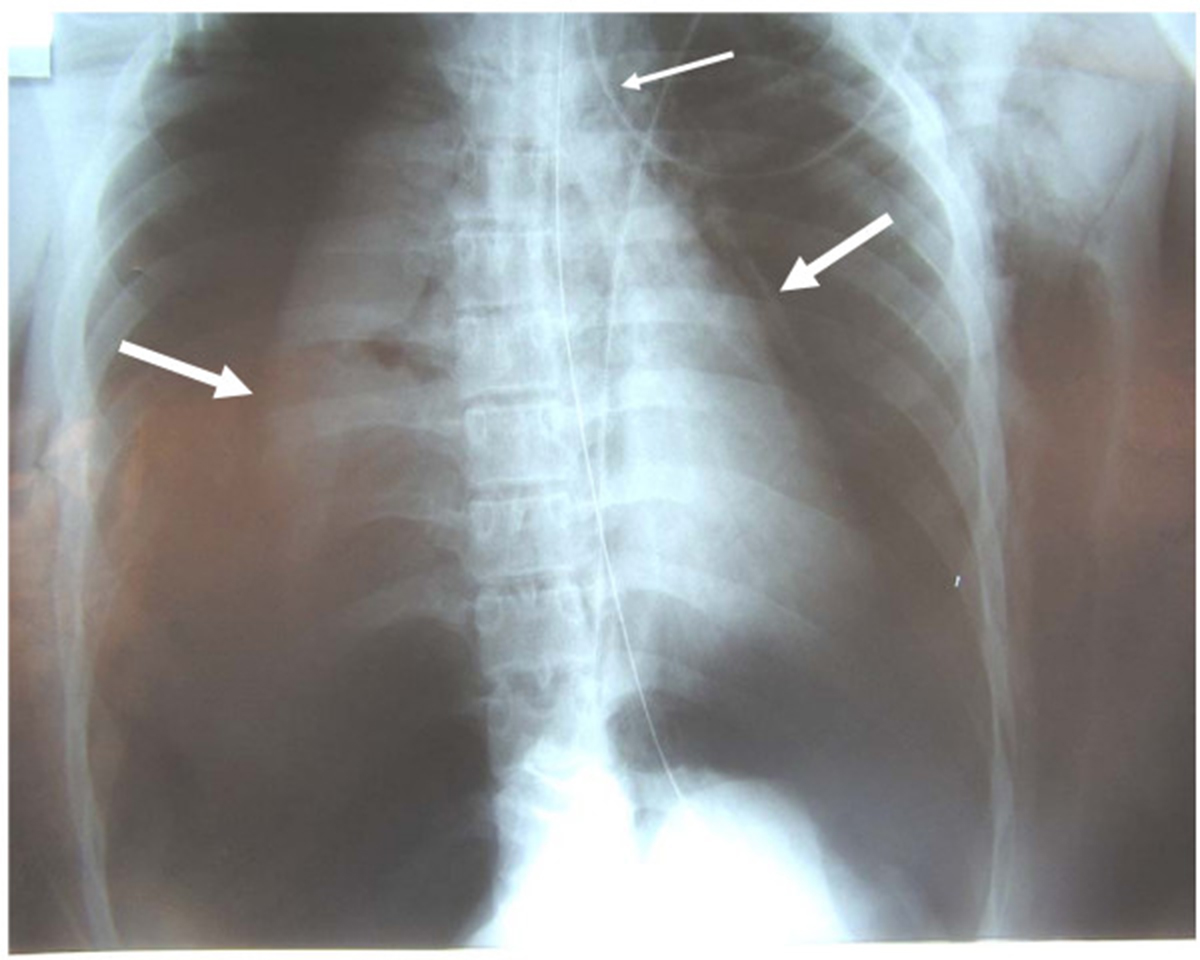
Lungs are vital organs in the body whose prime function is to enable breathing. They do this by getting rid of carbon dioxide while providing the blood with oxygen. Therefore, the space around the lungs is filled with air. However, this air would do more harm than good if it would get through pleura, a thin layer protecting the lungs, and in direct contact with the lungs. Should this occur and it would lead to a lung collapsing a punctured lung, that is.
The reason this happens is that lungs are generally filled with a significant amount of pressure, so when the air reaches the pleural space causing even greater pressure on it than the one in the lungs. The lungs have no way of functioning. The air filling the plural space and causing the lungs to collapse is called pneumothorax.
A punctured lung is sometimes a consequence of a trauma but it can also occur quite unexpectedly.
If it is a result of a trauma, a pneumothorax can happen due to an accident or injury caused by another procedure in the lung area. The procedure in question can be thoracentesis which is performed with a needle and has the purpose of removing excessive fluids from the pleura or mechanical ventilation, which is required when the lungs are unable to provide sufficient oxygen. A machine called a ventilator is then used to improve this deficit and it can accidentally puncture a lung in the process. Another possibility of provoking a collapsed lung which is in this category as well is the so-called tension pneumothorax. Besides the afore-mentioned ways it can also be provoked by a chronic lung disease. What happens in the case of tension pneumothorax is that the air entering the chest is incapable of escaping it.
On the other hand, if pneumothorax happens accidentally, it is called a spontaneous pneumothorax. This type of the condition usually strikes either tall, slim men whose age is somewhere between 20 and 40 or it is a caused by an underlying condition attacking the lungs.
The symptoms of a punctured lung and their intensity depend on the amount of air entering the lungs, the severity of the puncture and the existence of an underlying disorder.
The usual symptom for a spontaneous pneumothorax is dull throbbing pain in the chest followed by the inability to breathe properly and cough.
The symptoms for a traumatic pneumothorax are characterized with an abrupt start and include anxiety, swollen neck veins, weak pulse and breathing.






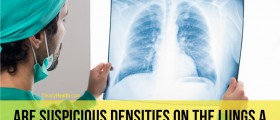
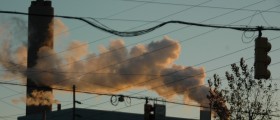
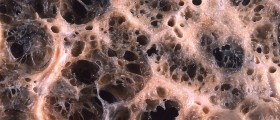
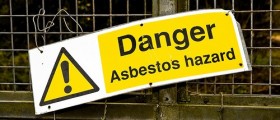


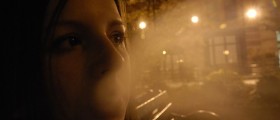

_f_280x120.jpg)


Your thoughts on this
Loading...